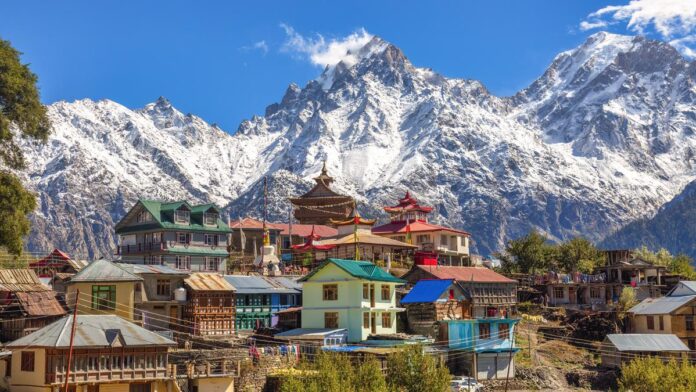Houses in the hills usually have a picturesque, dreamy quality, becoming one with the slopes. But hills are known for challenging climatic conditions like extreme cold, snow, and even earthquakes. There are also difficulties in transporting materials for construction on rough terrain. How did indigenous buildings traditionally respond to these conditions?
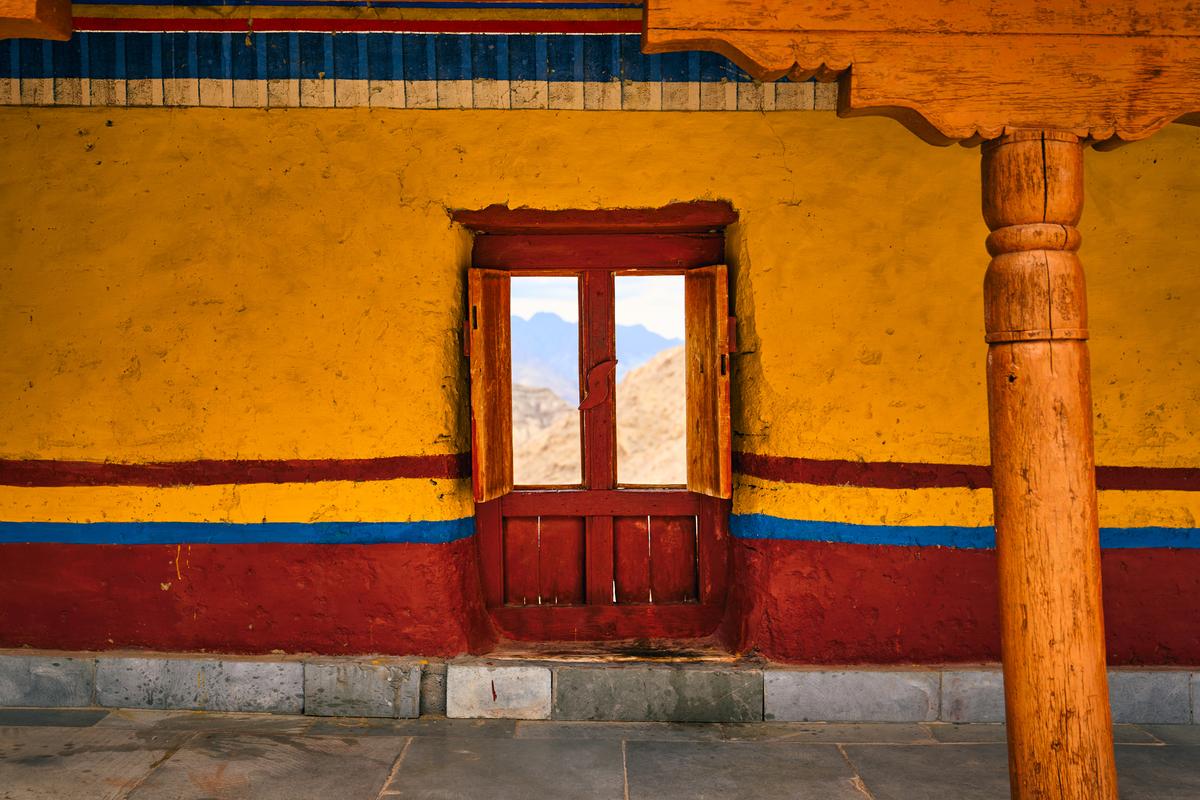
A colourful house in Ladakh.
| Photo Credit:
Getty Images/iStockphoto
The primary criteria any house had to satisfy was to be sturdy and resilient and maintain a comfortable indoor climate. While the natural response in hot climates was to orient away from the sun, in cold climates it was to get the most out of the sun. Lower floors that would be cooler were used for storage and livestock, while upper floors were used for living. Balconies and terraces became important living spaces on sunny days. However, the hills are not a monolith, and different regions have their unique responses to local conditions.
A project by North in Himachal Pradesh.
| Photo Credit:
North
Kath Kuni houses of Himachal Pradesh
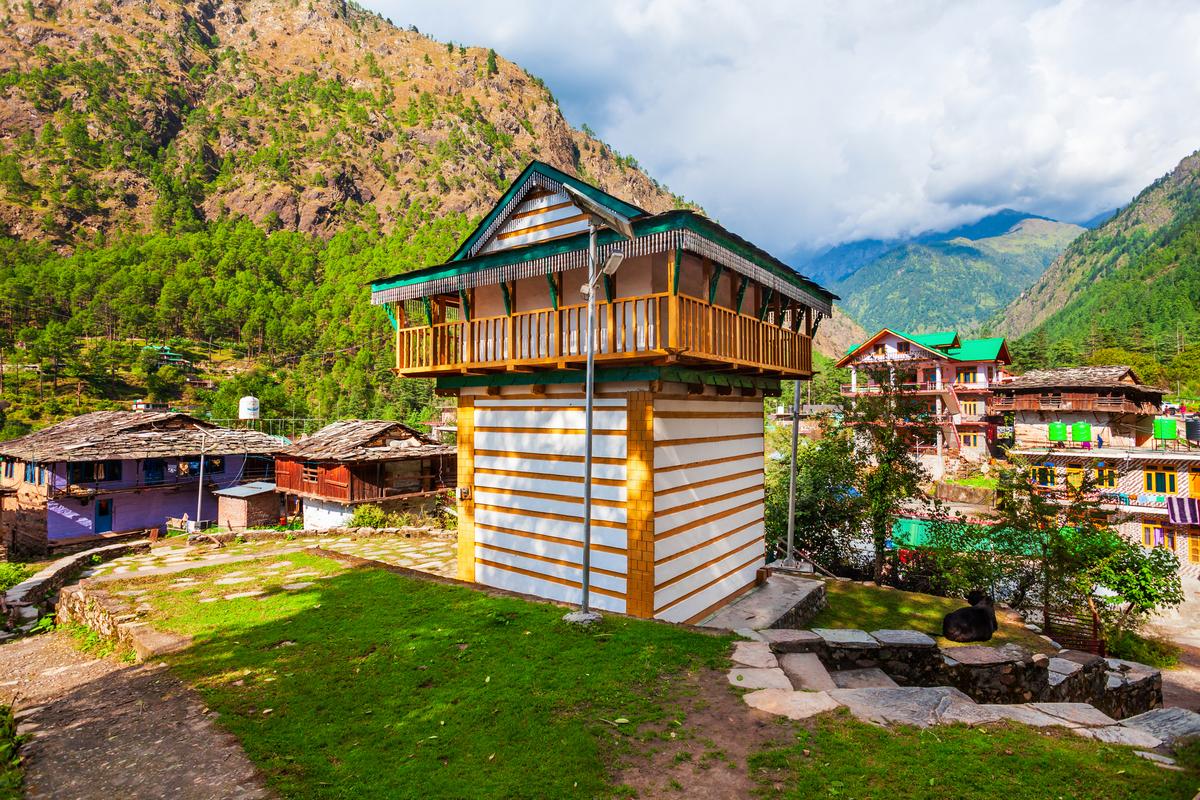
Kath Kuni houses at Kasol village, Himachal Pradesh.
| Photo Credit:
Getty Images/istock
Many indigenous houses of Himachal Pradesh use wood and stone in a distinct local technique called Kath Kuni (Kath meaning wood, and Kuni, corner). The wood (usually, local Deodar wood) is laid in long horizontal layers, alternating with layers of stone. No mortar or nails are used, and the strength of the building comes from these horizontal beams, rather than vertical supports like columns and pillars. This was to safeguard buildings against earthquakes.
Vertical members are more prone to buckling during tremors, explains Rahul Bhushan, a Himachal-based architect working on reviving the Kath Kuni technique. With the horizontal supports, the house might shake but would not collapse. The technique has been around for several hundred years, helping protect generations from earthquakes.
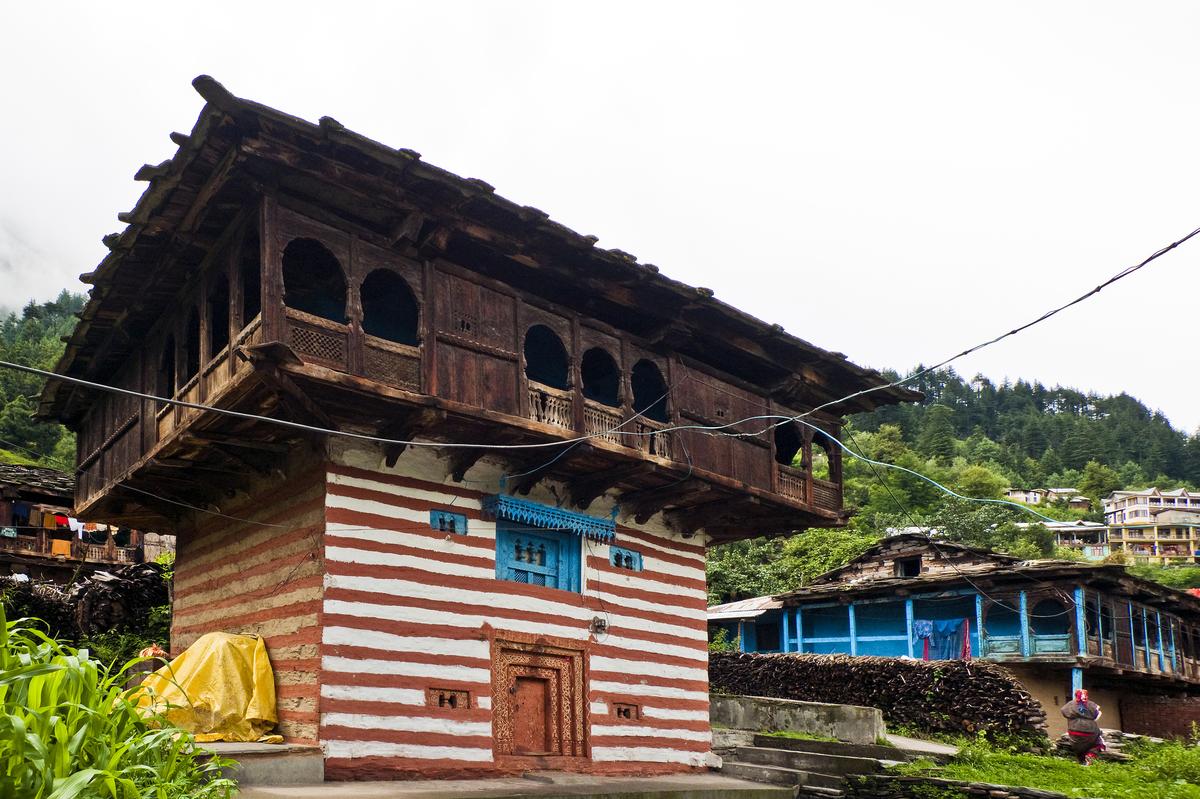
A typical Himalayan Kath Kuni house in the village of Old Manali.
| Photo Credit:
Getty Images/istock
Kath Kuni houses were often built with an air gap between two layers of the wall. Air is a bad conductor, i.e. it doesn’t allow heat to pass through. So this helps retain warmth indoors. Sloped roofs with slate helped drain rainwater, and interior walls were plastered with mud. The outer façade was left exposed, giving Kath Kuni buildings their distinctive beautiful aesthetic.
Dhajji cabin by North in Himachal Pradesh.
| Photo Credit:
North
Another technique in this region was the Dhajji Dewari. This used a crisscrossing system of wooden posts, filled in with stone. The Dhajji technique is also resistant to earthquakes and is used in mountainous regions of South Asia like Kashmir and Pakistan.
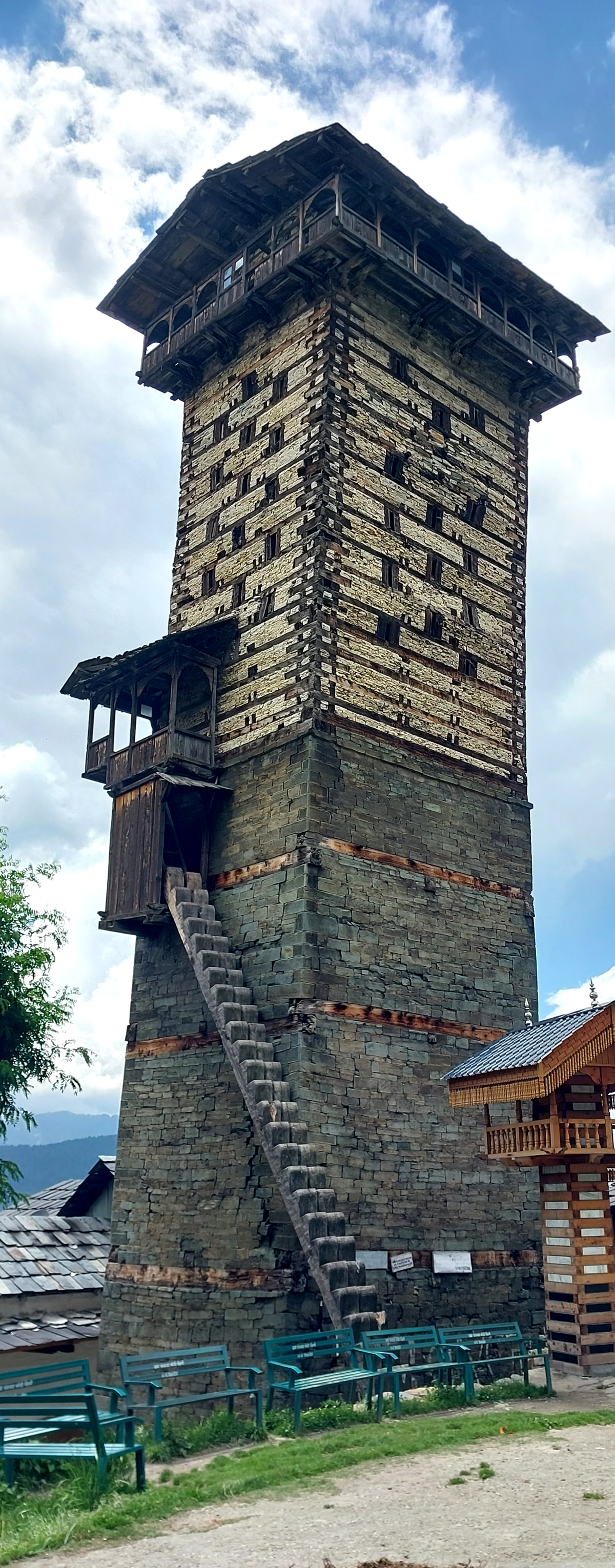
Chehni Kothi in Himachal was built without any mortar.
| Photo Credit:
Wiki Commons
It might appear that techniques like this would only suit small, low-rise buildings and would be impractical for the present. But the tallest Kath Kuni structure in Himachal is more than 12 storeys high, and built without any mortar. Called Chehni Kothi, it used to be a fort, and it is believed to have been built in the early 17th Century.
Designed for dry Ladakh
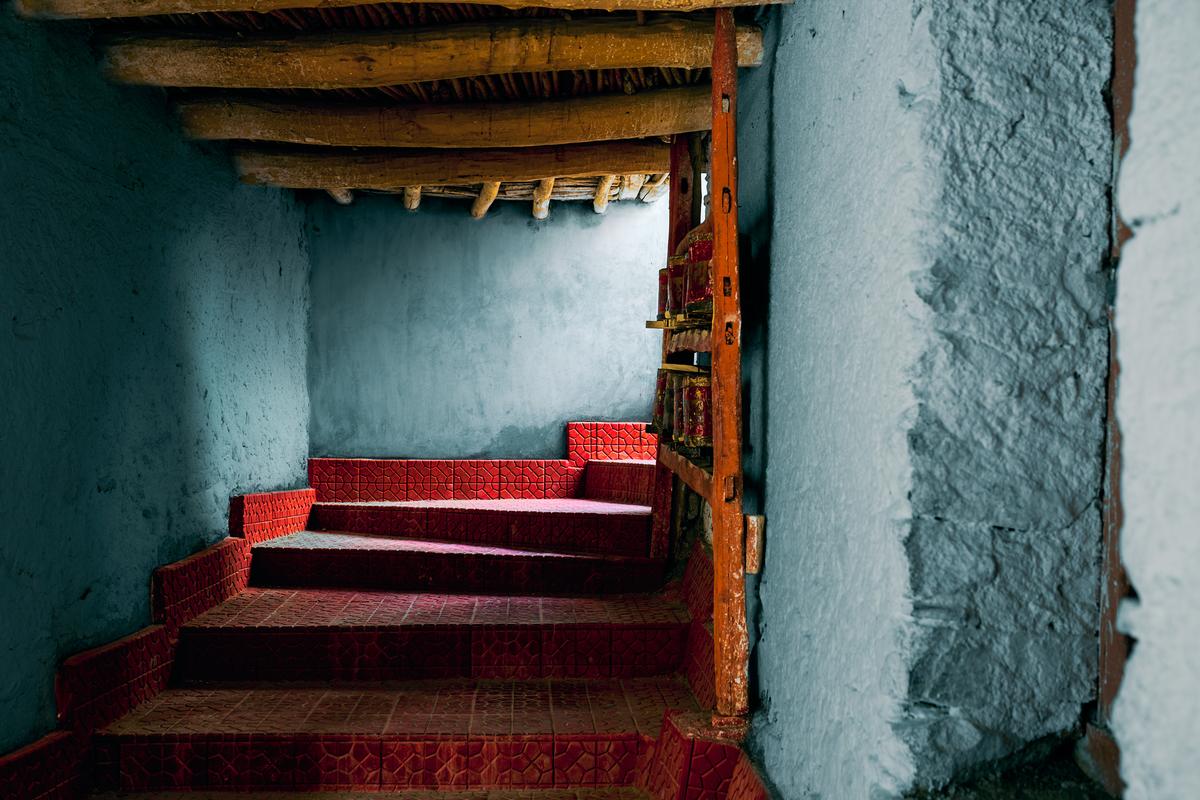
Colourful interiors are common in Ladakh.
| Photo Credit:
Getty Images/istock
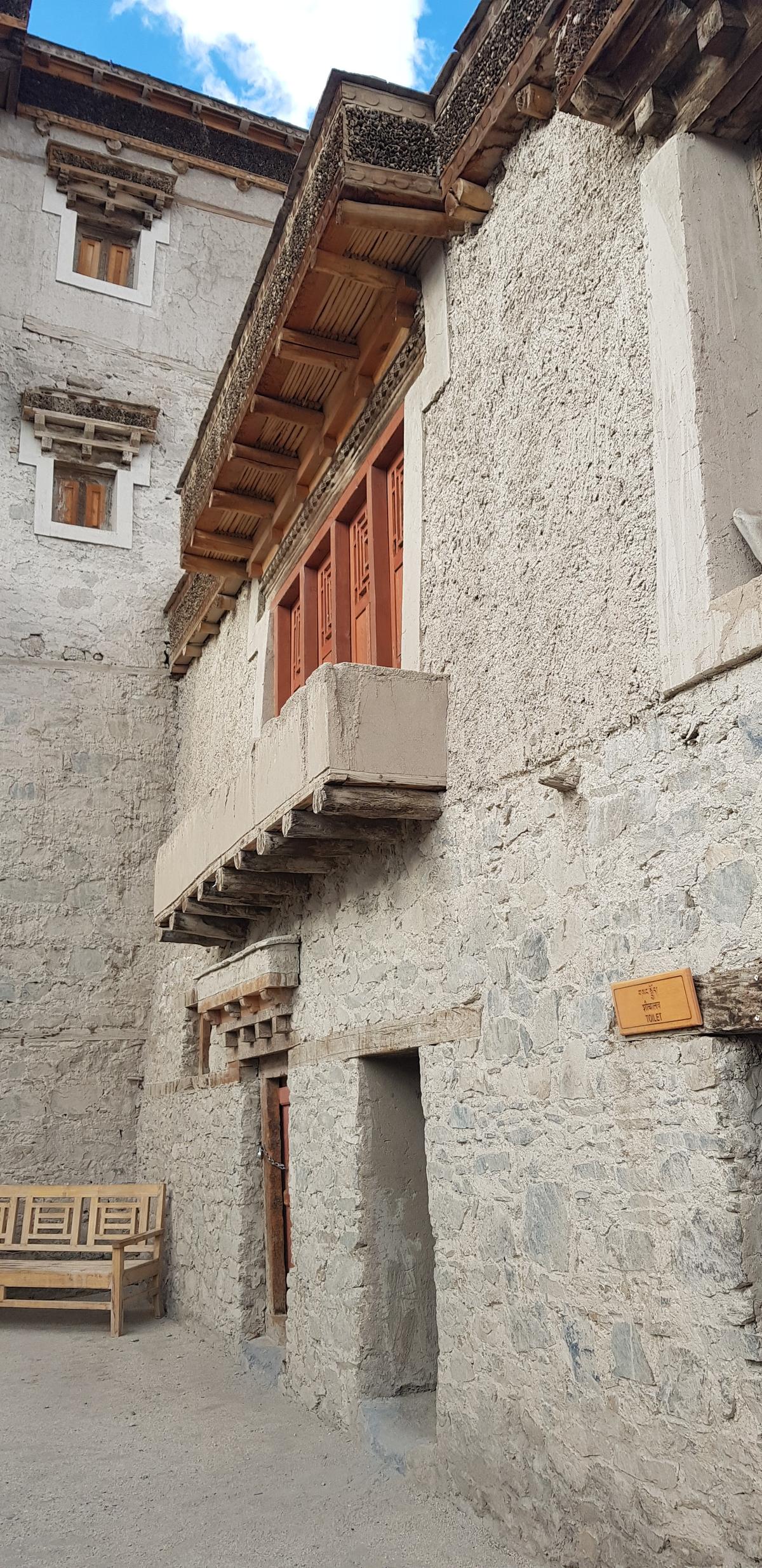
Building made of stone, earth and wood.
| Photo Credit:
Archita Suryanarayanan
While the buildings of Himachal were safeguarded against earthquakes and the cold, regions like Ladakh have a different landscape. As a ‘cold desert’, vegetation is sparse, rain is not a primary concern, and the region could also get very sunny. So flat roofs became usable terraces. Earth and stone were the primary building materials. A study of vernacular architecture of Ladakh in International Journal for Scientific Research and Development notes some of the characteristic climatic features: thick walls made with rammed earth, insulation using mud plaster for walls, and wood waste from construction was sometimes used in the ceiling.
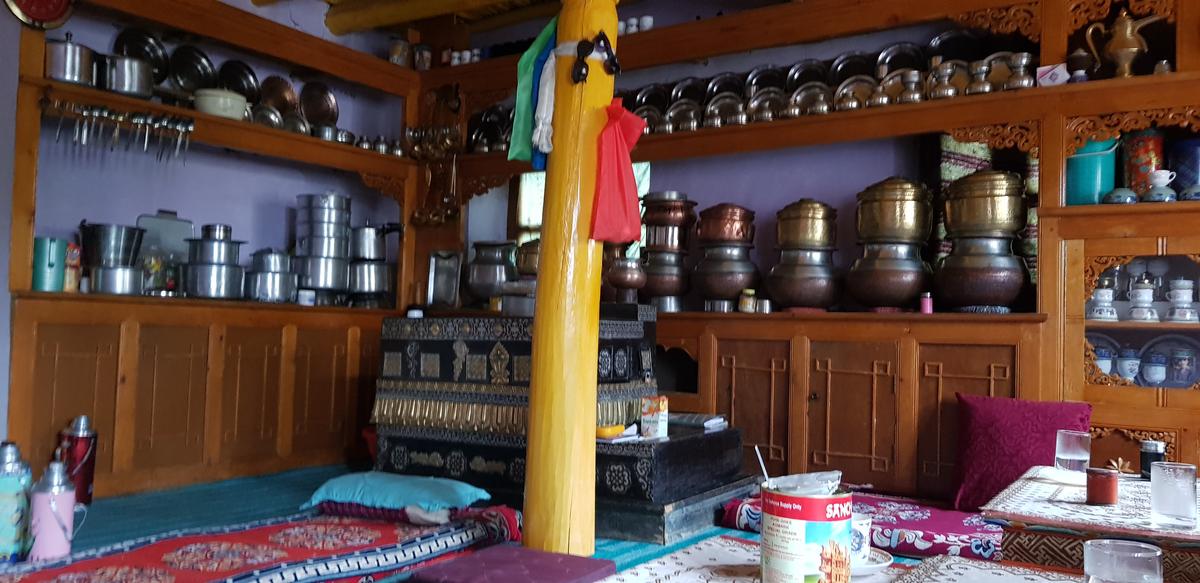
The kitchen as a communal space in Ladakh.
| Photo Credit:
Archita Suryanarayanan
An important part of the house was the central room that had the fireplace or stove, surrounded by the spaces where the family sits, gathers, and dines. The ‘kitchen’ thus becomes a larger, communal space with the heat that serves a dual purpose of cooking and keeping the indoors warm.
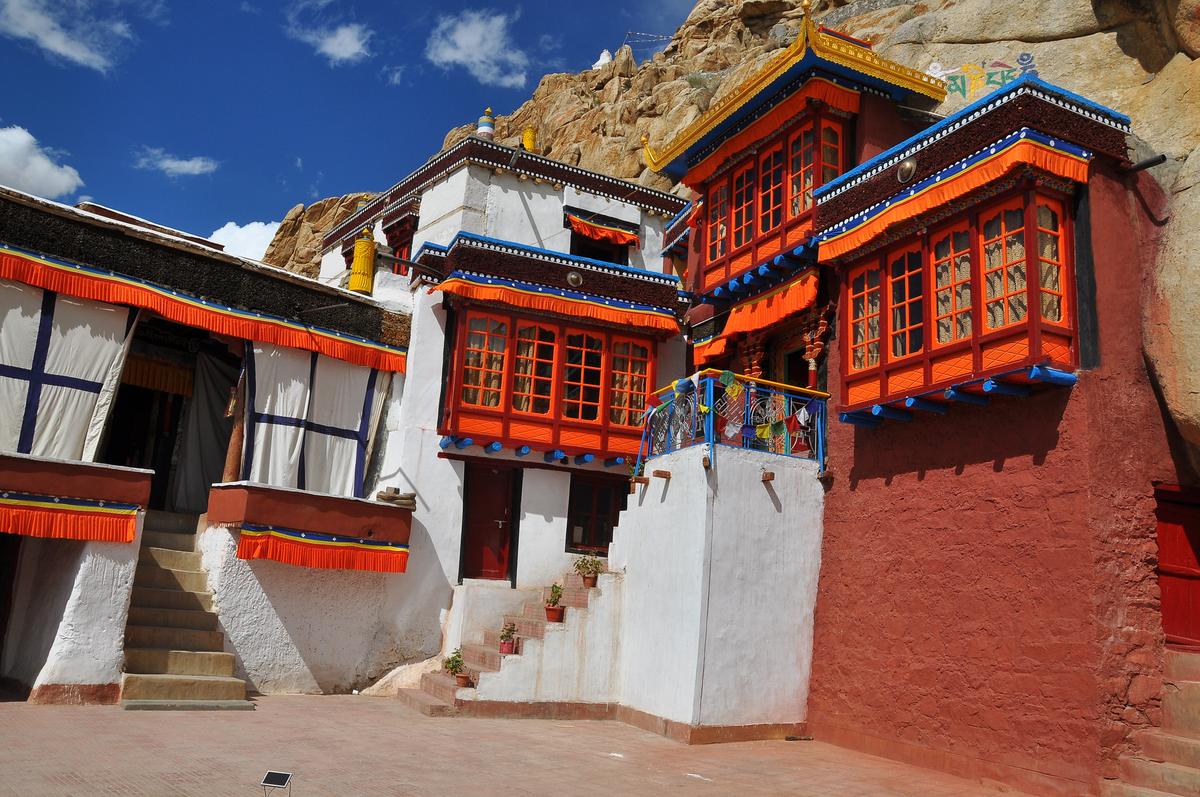
Small windows of buildings in Ladakh retained heat indoors.
| Photo Credit:
Getty Images/iStockphoto
Contemporary contexts, however, are different. A higher level of comfort and convenience is naturally expected. For instance, window openings were usually made small, but the introduction of glass meant windows could be larger and indoors could be brighter, even if it meant letting some of the indoor heat escape.
A construction by North in Himachal Pradesh.
| Photo Credit:
North
But architects like Bhushan, who runs a collective called North in Himachal Pradesh, believe that the local knowledge needs to be understood, documented, and utilised, “My attempt is to build from the knowledge of the past, but adapt to the comforts of the present,” he says.

SECMOL School, Ladakh.
| Photo Credit:
Special arrangement
A larger example is Students’ Educational and Cultural Movement of Ladakh (SECMOL) School in Leh, which became popular after the Bollywood hit, 3 Idiots. The building featured in the movie though is not the actual school.
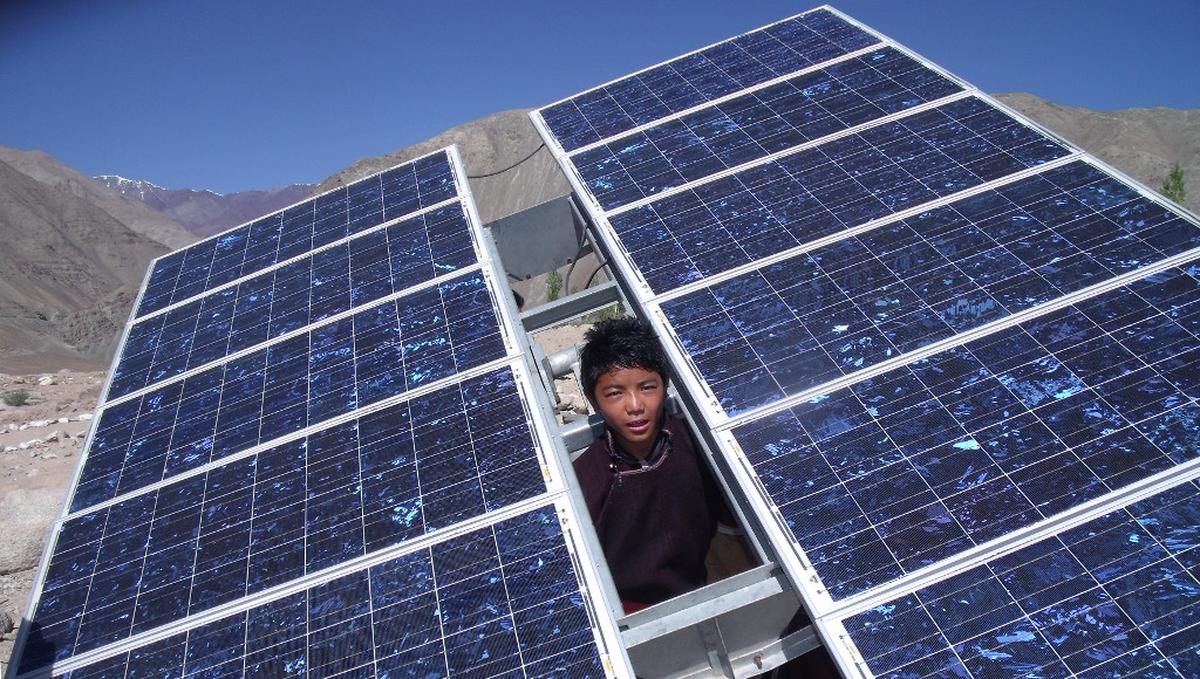
Solar panels at SECMOL School.
| Photo Credit:
Special arrangement
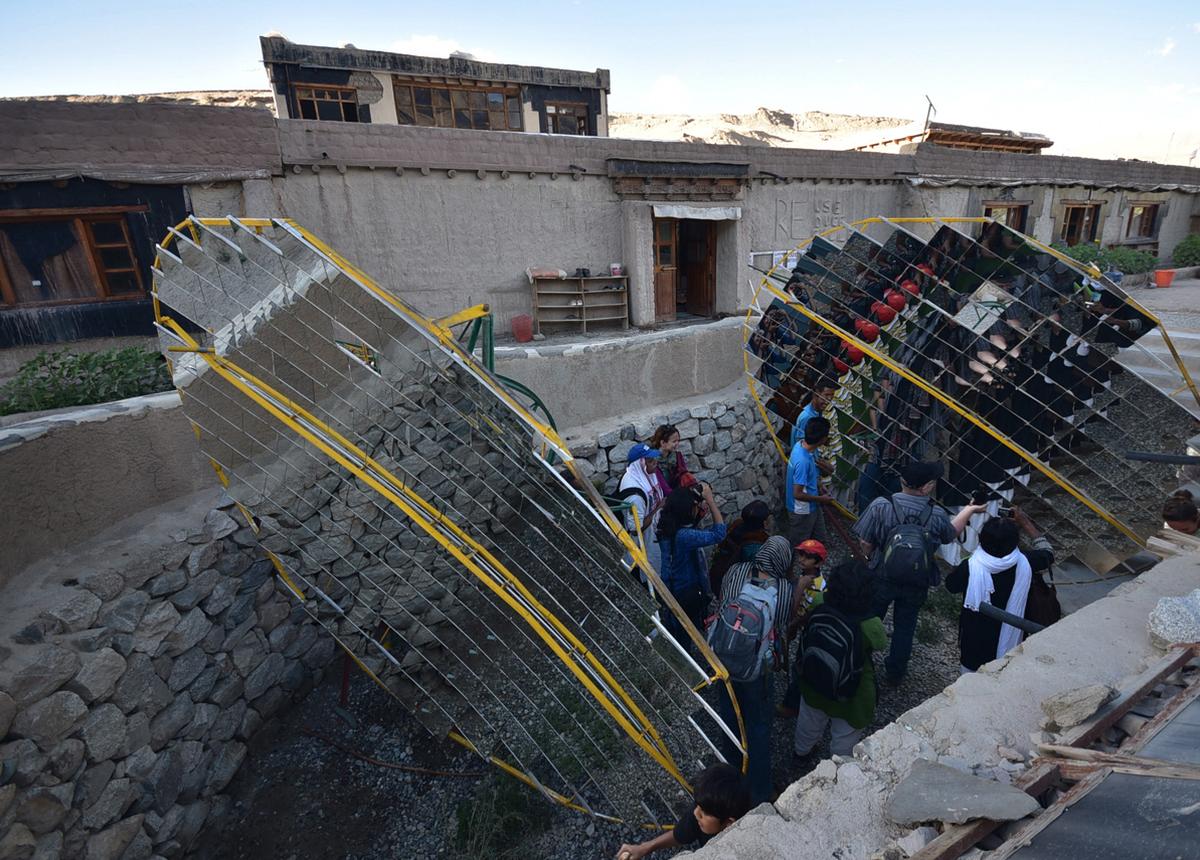
Solar panels at SECMOL campus in Leh.
| Photo Credit:
special arrangement
The SECMOL building was designed by its founder Sonam Wangchuk. A passive building, with rammed earth walls and windows oriented towards the southern sun, the school also captures solar energy for power, heating, and even cooking.
Sonam Wangchuk
| Photo Credit:
K.V.S. Giri
Local conditions are very distinct, and these examples are a reminder to cater to the specificities of each region. As Rahul puts it, “These materials — stone and wood — come from the land. If we build with these indigenous methods, one day they will go back to the land.”
(This is the second of a series on finding inspiration in climate responsive architecture around the world.)
The writer is an architect and freelance editor.
#Lessons #hills #Hindu
